Human Design Case Study in Writing and Publishing as an Emotional Projector and 4/6
Guest Blogpost by Lisa Tener, Book Coach and Award Winning Author
If I’d only met Jamie Palmer as I was writing and publishing my first book–and subsequently starting my book coaching business–my path would have been a lot quicker and easier! If I’d had her book Human Design for Business from the get-go, I would have avoided many, many errors in listening to business gurus and coaches who did not understand how human design factored into running a business that works for me, as well as an easier time of creating book promotion efforts that work with–not against–my design!
The good news is that the challenges in not knowing my human design, helped me make all the mistakes I help my clients to avoid and informed my teaching. Now I get to do things my way–as an emotional projector–in tune with my true self and design and that is becoming more and more fulfilling.
In this article, I’ll share with you some of the strategies that brought ease, fulfillment, joy and success to each aspect of the process–from writing, to editing, to publishing and promoting the book.
Being An Emotional Projector and Author
Thanks to Jamie Palmer whom I worked with as a business strategist, I now know myself as an emotional projector and my life, career trajectory, challenges and achievements make a lot more sense! I can finally see why I took the paths I did and why what works for most other people does not work for me. But now I know what does work and that helps.
Having written and published three books now (and contributed chapters to several more), I am realizing what works for me as an emotional projector and what doesn’t when it comes to writing, publishing and book promotion. In this post, I’ll share my general experience, as well as my recent experience in writing Breathe. Write. Breathe.: 18 Energizing Practices to Spark Your Writing and Free Your Voice.
Writing a Book as an Emotional Projector
As an emotional projector, I need time to ride the emotional wave before committing to a project. Of course, as a coach, I know that time spent exploring and experimenting, even when you decide not to write a book, can be time well spent. It’s practice in the craft and it helps you decide whether you’re still feeling the passion a few weeks or months into the project, such as a book.
Learning to ride the wave of emotion has taught me patience. So, I wasn’t in a huge hurry with Breathe. Write. Breathe. Rather, I wanted to write the absolute best book I could. When another book, The Joy of Writing Journal, came into my consciousness during Covid, I was able to trust my intuition and temporarily set Breathe. Write. Breathe. aside to write and publish The Joy of Writing Journal, which won 5 book awards. It was an easier book to write and complete and to put into the world.
Another important aspect of being a projector is that it’s helpful for us to have some input of energy other than our own. Editors can help in this regard, as can beta readers, but even before that, I find it helpful to occasionally write with other people. This can mean writing with my friend Tracy on her deck by the water; writing with a group on zoom, such as in my Get Your Writing Done program, or attending a writing retreat as I did with creativity coach Eric Maisel at Kripalu yoga center.
Just the energy of other people writing in the room, outdoors, or online brings something fresh to the writing that a projector can benefit from immensely!
Editing
After publishing The Joy of Writing Journal, I returned to the bigger book project of Breathe. Write. Breathe. replenished and more confident in completing a distillation of some of the best I have to offer writers and other creatives. While most of the book was written, I think I needed that emotional distance to more deeply embrace the revision process.
Editing was not easy. My first editor, Tama Kieves, helped me early in the process, a couple of years into my writing. Tama is a life coach whom I hired to support my writing specifically, and to lead me through my own Meet Your Muse exercise, which I lead writers through to gain clarity on creative focus, decisions/choices and shift beliefs. Tama is in many ways my ideal reader and, as a projector, I needed a first reader who saw my gifts, recognized and received them. I am so glad my first editor was someone focused on what’s working vs. what’s not.
In publishing lingo, Tama’s feedback would be considered a manuscript review with some developmental editing .Later in the process, I was ready for a full developmental edit. I’d also written many more pages. The book was around 350 pages at this point.
Melissa Sones was my second developmental editor. Melissa pointed out anything that meandered or wasn’t clear from the start how it related to writing and creative flow. Melissa was ruthless in cutting sections, pages and even chapters that detracted or distracted from the whole. This means she cut whole chapters and stories that were either meandering or not as potent as the other chapters. She also made some suggestions of moving certain practices to match with a different story, for example.
Revision and, in particular, trimming was not easy for this emotional projector. After a brief look at her edits, It took me four months to return to the book and make decisions about what would go or stay. I needed that time to process. I also needed that time to feel into her energy, my own energy and the energy of the book as a separate entity. My hunch is that this is a projector type of process as well.
My final editor, Jane Bernstein, was the wordsmith. It’s one thing to edit other people’s work, but just about every writer needs some external feedback for insights into their own work–and to make visible what we can’t see on our own. Jane did that for me. And she often suggested replacing one word with a more precise and perfect substitute. She showed me when the writing wasn’t clear. The perfect line editor at the perfect time.
Publishing and Promotion
For me, this has been the hardest and–at times–the most fulfilling aspect of writing and publishing a book!
I had a hard time writing the back cover copy and an Amazon description. I rewrote my book description dozens of times and sought input from others. And still kept revising. I’m hoping Jamie can shed some light on why an emotional projector might have trouble with the marketing copy. Jamie?
My publisher encouraged me to ask friends and colleagues to become book Ambassadors for Breathe. Write. Breathe. and send out solo emails, attend the launch party, etc. She set a goal for 20 Book Ambassadors. I put this off way longer than I should have. And struggled with it. I did finally ask some colleagues, fairly late in the game. Some delay might be attributed to taking longer with editing than I’d anticipated (I can be a perfectionist when it comes to writing quality) and tech challenges, of which there were many. But I did finally ask some folks and had a handful of loving and generous colleagues say, “Yes.” Support is important and I encourage you to start six months early and ask people early on to support your launch.
What I did finally discover is that if I asked from the “not self,” feeling afraid of asking for too much and worrying “what will people think?” it’s impossible to ask. So, get behind your vision of what your book will do for readers and that many of your friends and colleagues would love an opportunity to be of support, and you’ll have a much easier time. Ask from your true self!
One thing that made this launch easier than my previous book launch is that I hired an expert to book me on podcasts and get local press. I’d heard very mixed reviews of podcast guesting services so I went with a marketing professional who charged by the hour and was someone I knew socially who was briefly between jobs. Carol Lin Vieira did an amazing job: there were feature articles in several local newspapers–one on the front page, top story! And another local monthly paper posted an excellent article on several of their websites. Carol Lin booked me on several podcasts and got things going. She recently found a full-time job that she loves and I am happy for her, and trying to figure out next steps for me. I’m experimenting with Podmatch but I definitely miss the level of specificity that Carol Lin brought to identifying and contacting prospective podcast hosts and producers.
The podcast booking and promotion experience was very different from my previous launch where I did not hire an expert for podcasts and I found it hard emotionally to reach out and make things happen! The takeaway: hiring an expert can be easier for a projector than trying to do it yourself.
The Most Fulfilling Aspect
The most fun I had–and where I felt completely aligned with my true self–was during my two book launches. My publisher, Tamara Monosoff, conducted an online book launch party that was fun, creative and inspiring. I felt surrounded by people who recognized me and appreciated my gifts and service to them. As you know, that kind of recognition and appreciation is so important to projectors and helps us do the hard work and keep going. It nourishes us.
My other book launch was at a beautiful local bookstore, Curiosity Store, where New England’s BookFluencer, my friend Robin Kall, interviewed me and I led the audience in a couple of creative flow inducing practices. Again, I felt aligned in my true self. I wasn’t selling anything–just offering my expertise, my enthusiasm, the tools that help my writing practice. It helped profoundly that Robin asked such excellent questions and has a great sense of humor. There was a lot of laughter in the room. Even I was funny! This brings to mind how in human design our best collaborations are with people who help complete our channels.Sometimes we can know this by someone’s chart, but I find that it can often be discovered by just trusting our intuition.
Tools to Cultivate the True Self
Human Design makes the distinction of coming from the true self vs. the not self.
A distinction: When teaching creative flow, book writing and related subjects, I am fine teaching on my own. I believe that the energy of the group of people assembled naturally helps complete whatever channels are needed for the task. It’s second nature to show up from the true self, perhaps because I know the people present have recognized my authority and that I have something to offer them..
However, when I’m presenting my book (which is related, as it involves some teaching), there are differences that make it easy to slip into the “not self.” Here, it makes a world of difference to be able to show up, be my authentic self, and let the event host, interviewer, podcast cost, reporter, etc. ask the questions. In this way, I stay out of selling (which feels antithetical to the design of a projector) and stay in the mode of sharing myself and what I have to offer. The host/interviewer also automatically helps set up the dynamic of you as the expert who is recognized and appreciated for their gifts–you don’t have to work to establish that. It’s a given.
I hope you’ve found these distinctions useful as you consider writing and publishing a book, or putting any kind of creative work into the world.
For me and my book coaching clients and writing students, practicing mindful movement and breathing practices daily help us show up in true self form. These are the practices I also teach for creative flow and that are featured in each chapter of Breathe. Write. Breathe. via QR code.
Here’s one of my favorites: Qigong Bouncing and Shaking. This practice relaxes the entire body and puts us in a flow state. It’s grounding, opens us up to inspiration and enhances creativity. Give it a try:.
https://youtu.be/5Ir8Q786EhM?feature=shared
You can use this practice before writing (or any creative activity) as well as for preparing for any activities in the marketing phase where it’s easy to slip into the “not self.” As an Aries projector who finds it difficult to stay still and meditate in stillness, I find that qigong, yoga, sufi dancing, and the simple breathing practices in Breathe. Write. Breathe. help cultivate and strengthen the experience of true self without having to be completely still.
I hope this post has shed some insights into writing, publishing, marketing and other tasks associated with creative endeavors, and how you might support your particular human design (even if you are not an emotional projector!).
Please feel free to share in the comments your insights, experiences and questions regarding writing, creativity, publishing, marketing and/or flow. And also feel free to share any insights from doing the Qigong Bouncing practice.
Lisa Tener is an award winning book writing and publishing coach. Her clients have secured 5- and 6-figure book deals & won numerous book awards. She is the author of the new book Breathe. Write. Breathe.: 18 Energizing Practices to Spark Your Writing and Free Your Voice. Lisa’s previous book, The Joy of Writing Journal won 5 book awards, including the Nautilus & Ben Franklin.
Social links: Facebook Group, Instagram
Photo Credit to Emily Homonoff
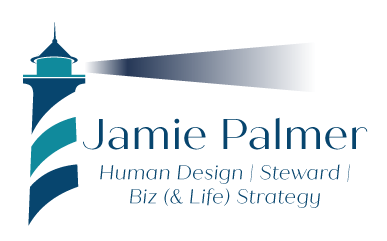
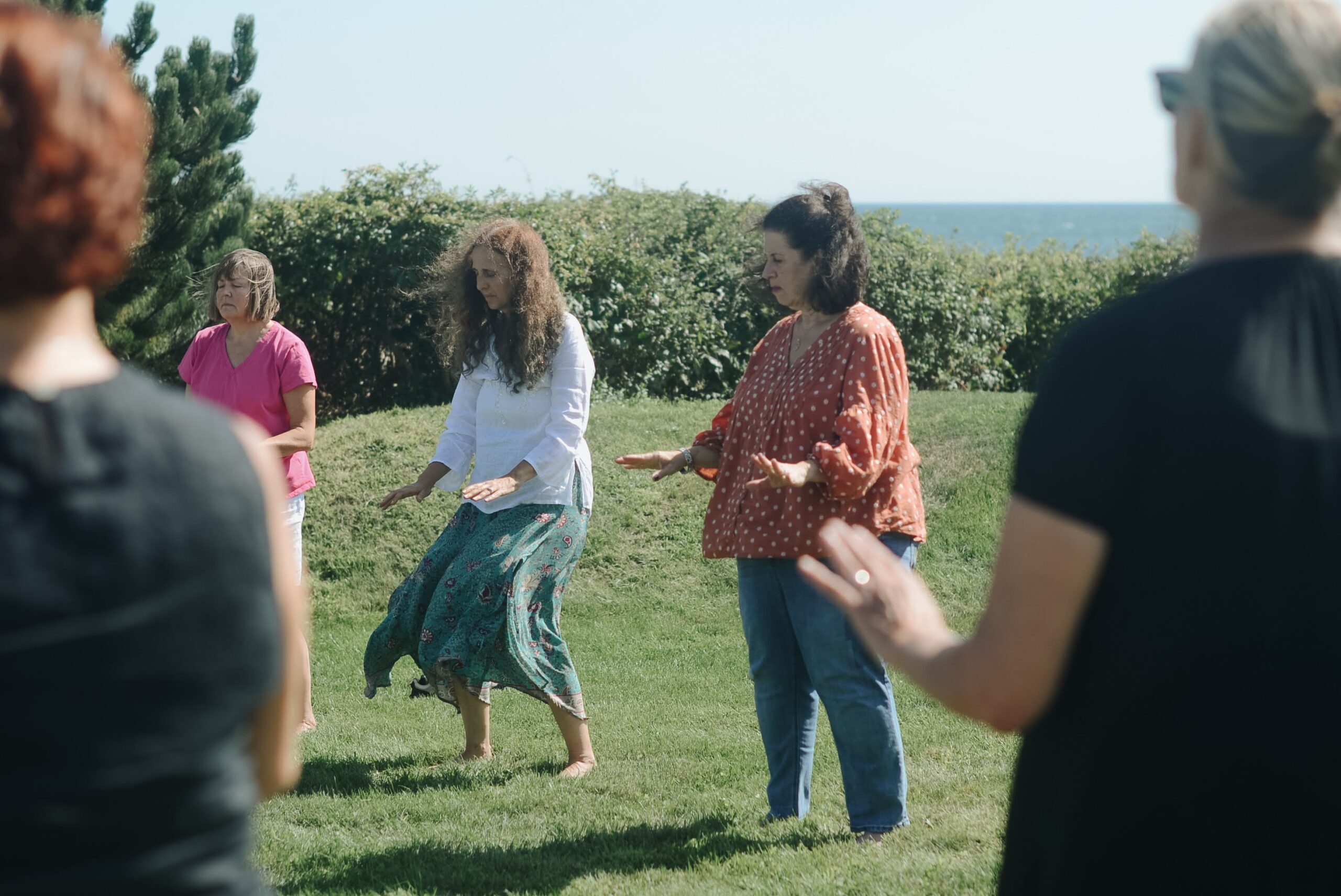
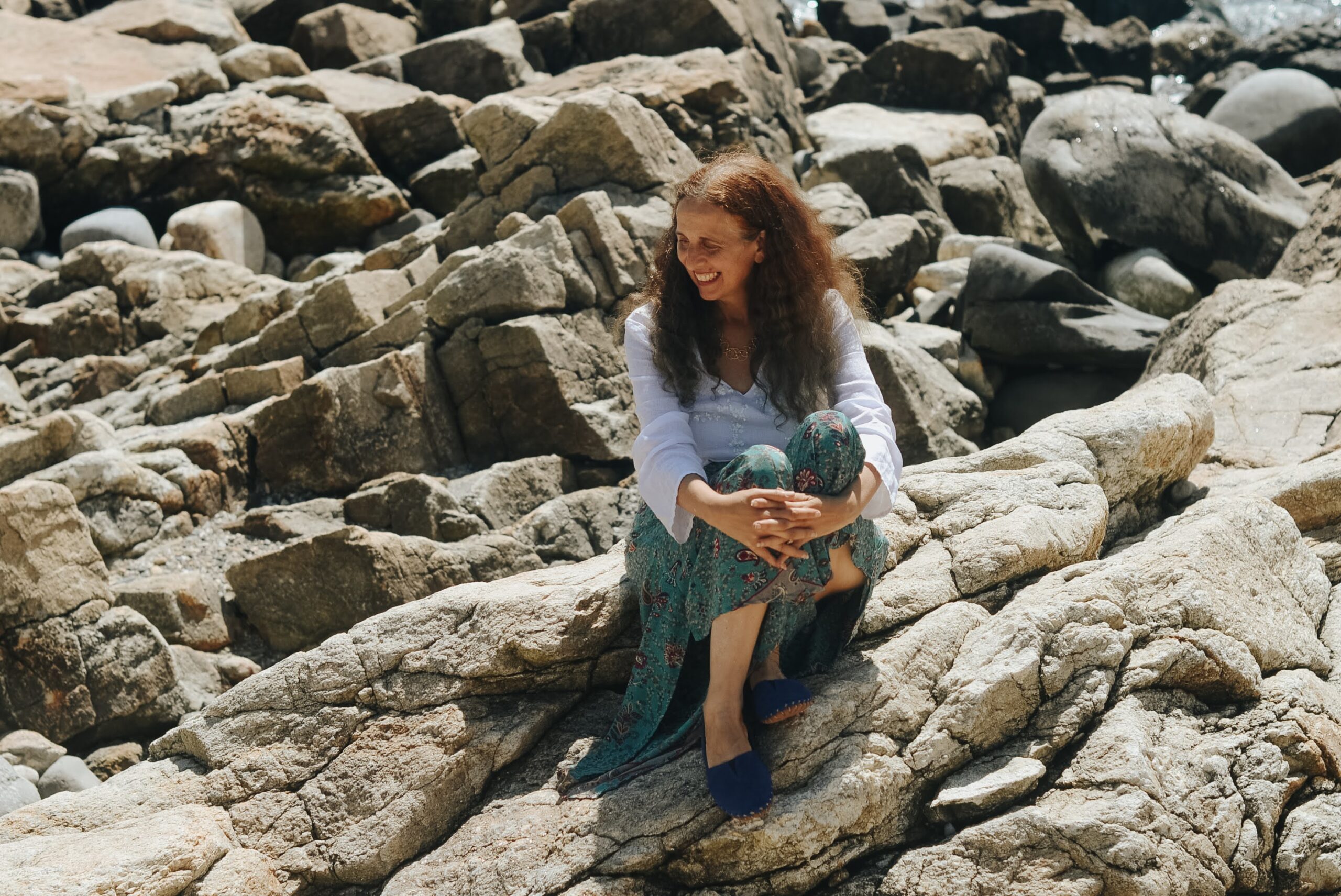
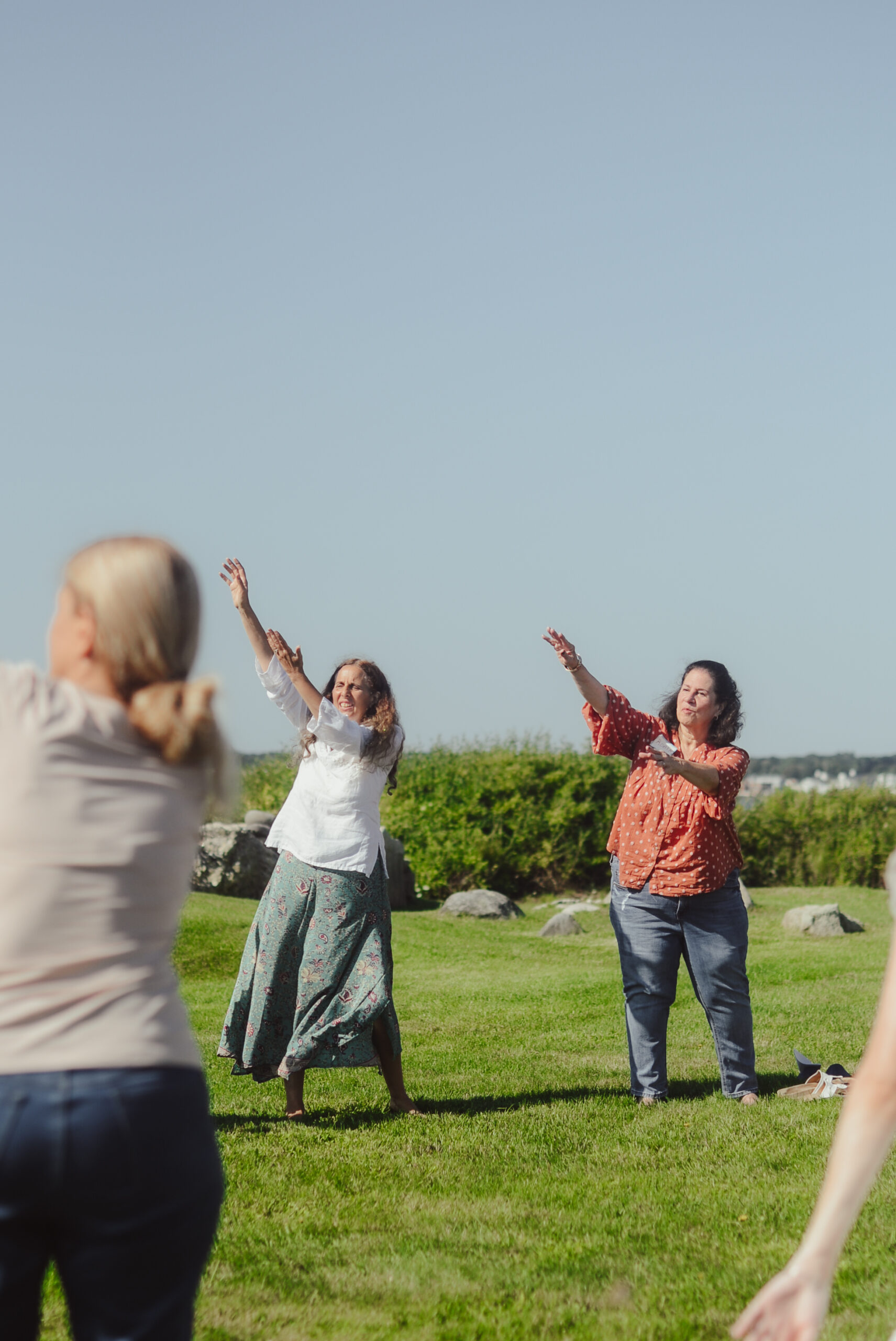
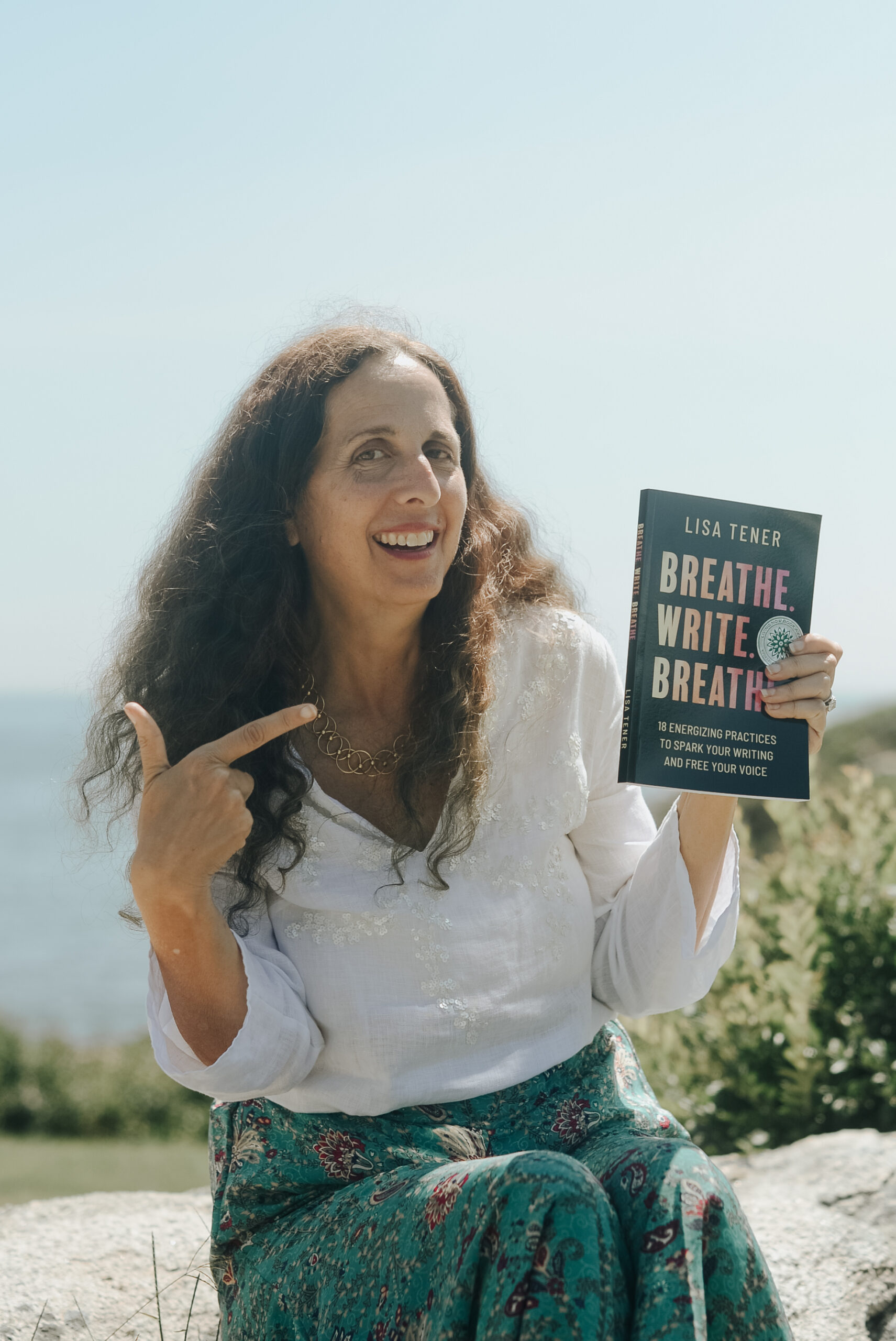
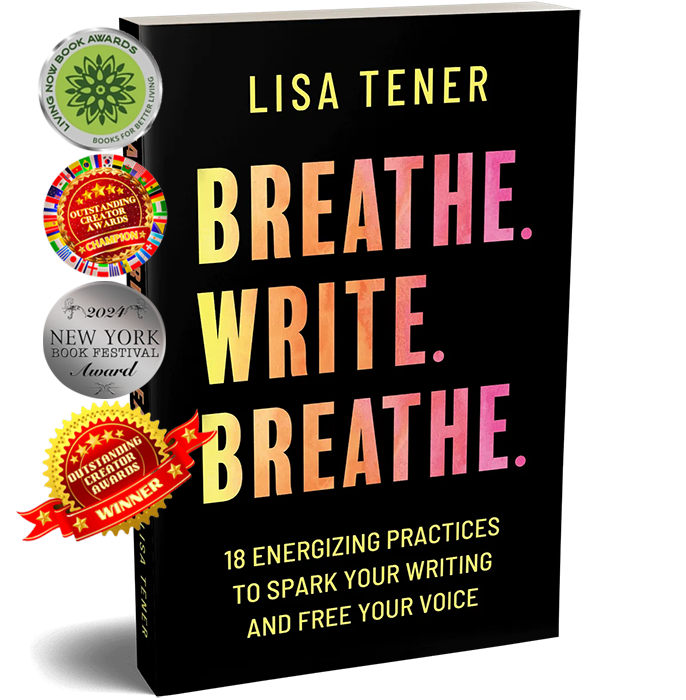



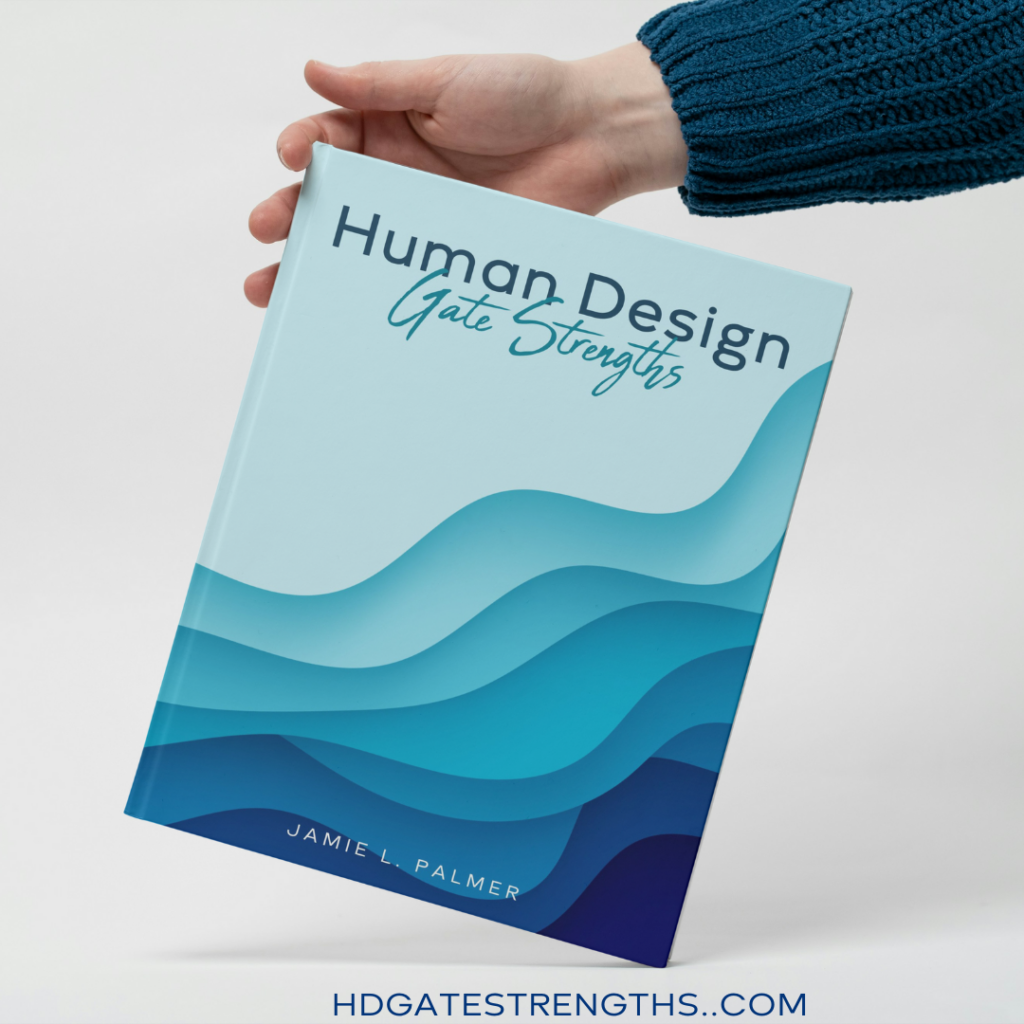
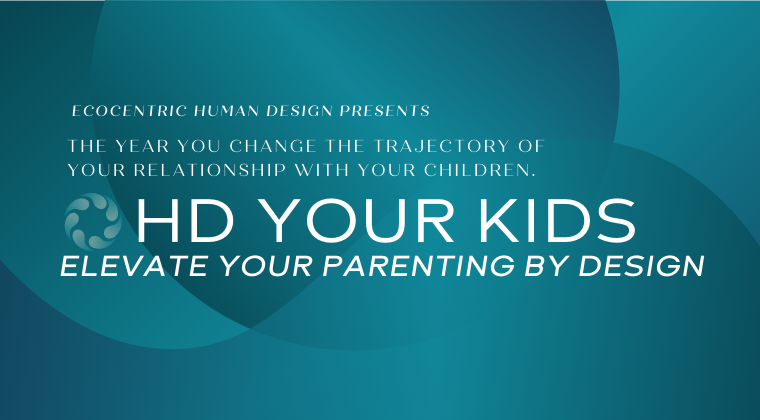
As a Splenic Projector, I agree with Lisa wholeheartedly. Once I recognized my authentic self is different from others, it completely changed my life and business. Astrologer and Writer
Thank you for sharing.